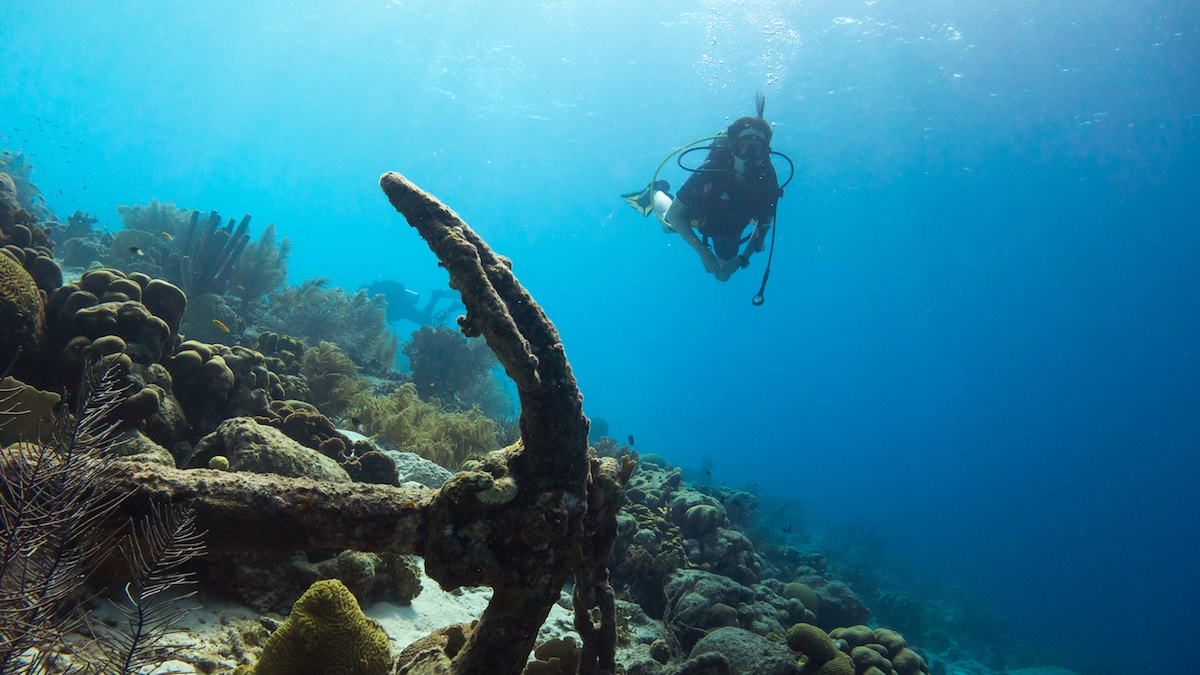Why Only After 60 Years?
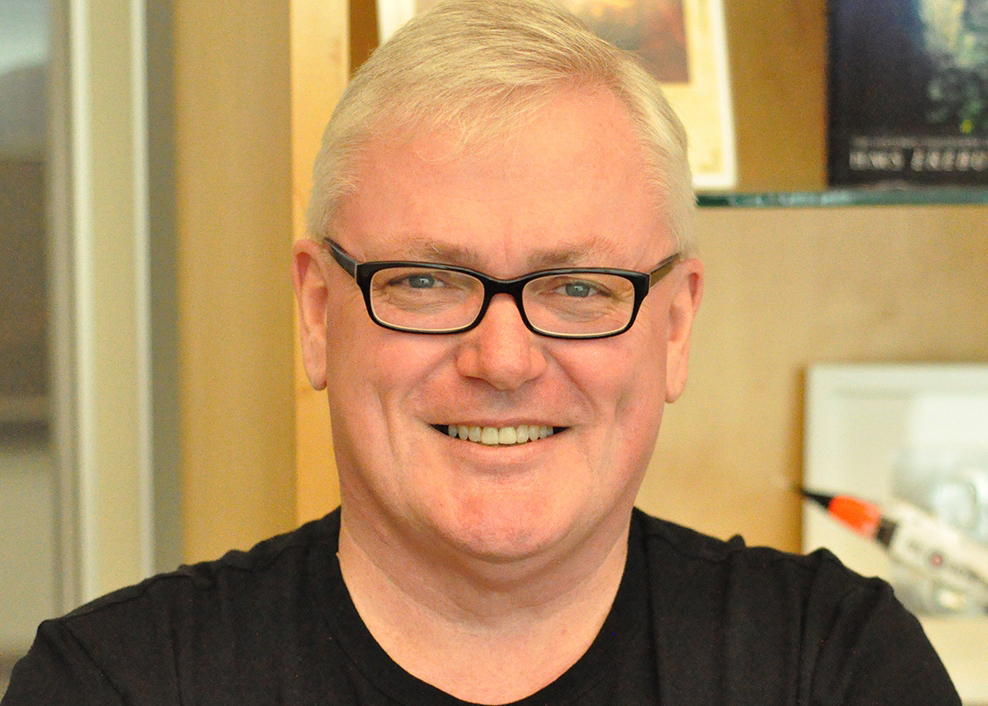 “Back in the 1950s, there was no computer modeling to see how they’d fly, so the designers had to use a physical model. Then, it went back to the engineers for fine-tuning. The ninth model is the Holy Grail. They had it perfected,” said Karl Kenny from Kraken Sonar.
“Back in the 1950s, there was no computer modeling to see how they’d fly, so the designers had to use a physical model. Then, it went back to the engineers for fine-tuning. The ninth model is the Holy Grail. They had it perfected,” said Karl Kenny from Kraken Sonar.
Kraken Sonar
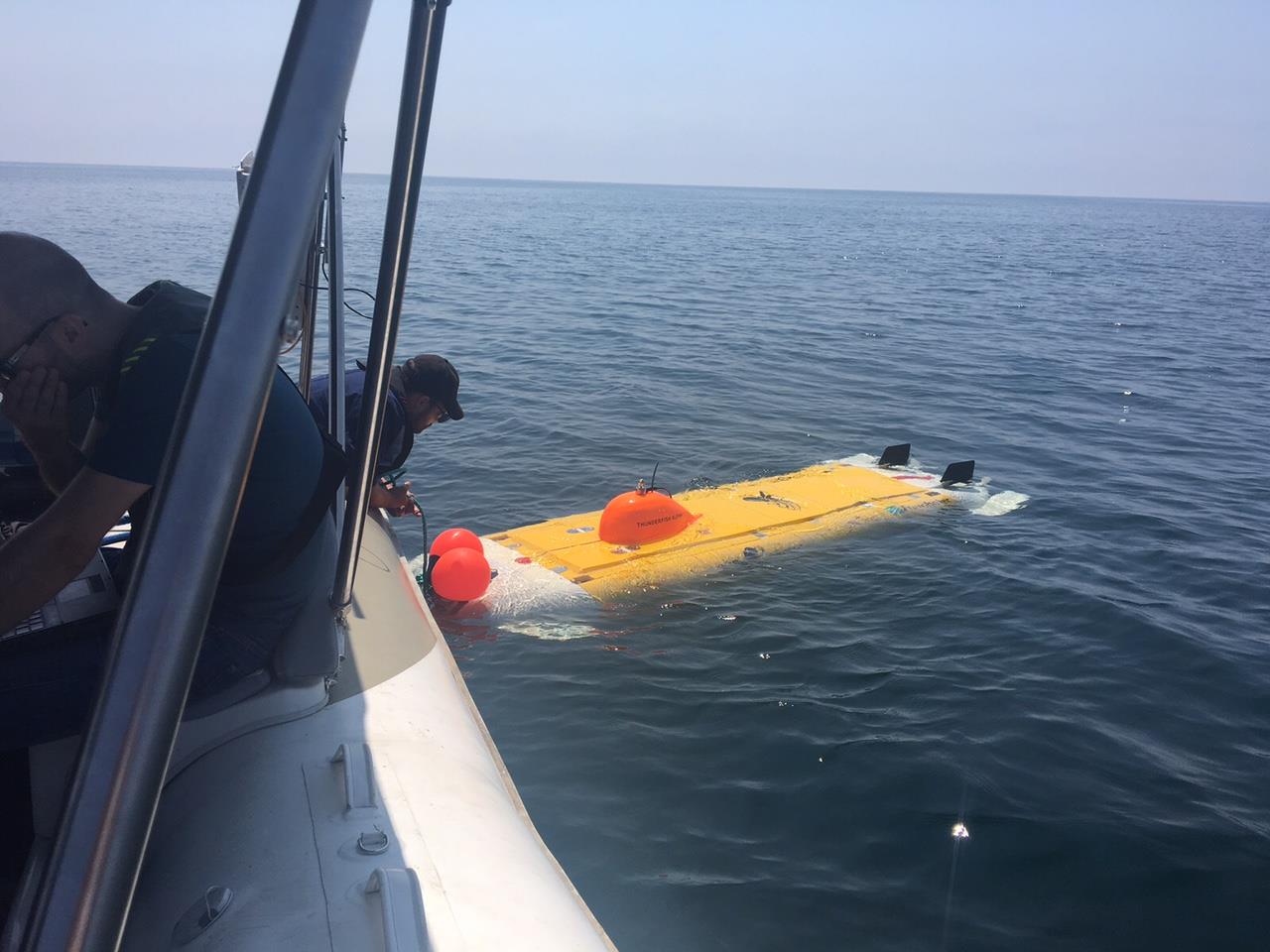
Raise the Arrow was given the remotely controlled mini-submarine by Kraken Sonar that was sent into the depths to discover those lost 9 prototypes of the Arrow aircraft. The project was headed by John Burzynski who works in a gold mining company Osisko Minning.
John Burzynski
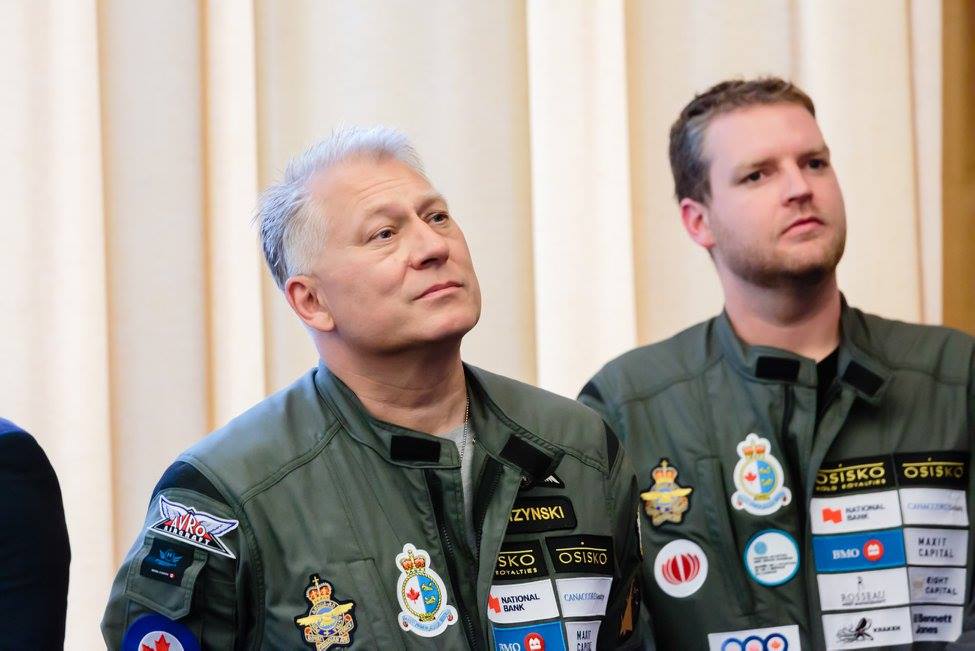 “As professional explorers in the mining business, we initiated this program about a year ago with the idea of bringing back a piece of lost Canadian history to the Canadian public,” told John Burzynski during the interview. And David Shew told how the whole project was planned.
“As professional explorers in the mining business, we initiated this program about a year ago with the idea of bringing back a piece of lost Canadian history to the Canadian public,” told John Burzynski during the interview. And David Shew told how the whole project was planned.
Working The Project
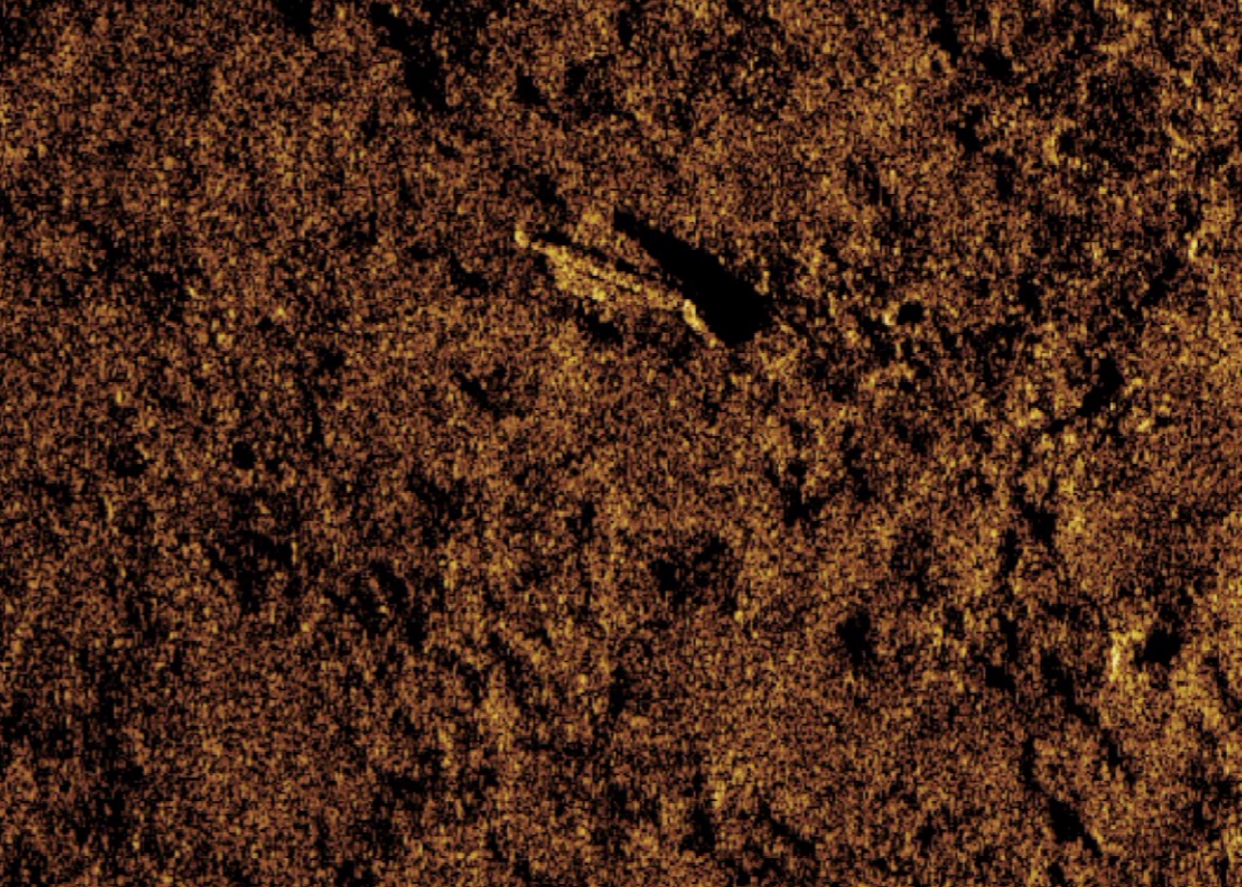
“The problem isn’t the technology. The problem is making sure you are looking in the right place,” David told the Globe and Mail. He also added that his gut feeling was telling him to look for the prototypes near the areas of Point Petre. And it was obviously the best choice as the aircraft was tested on the same location.
The Only Witness
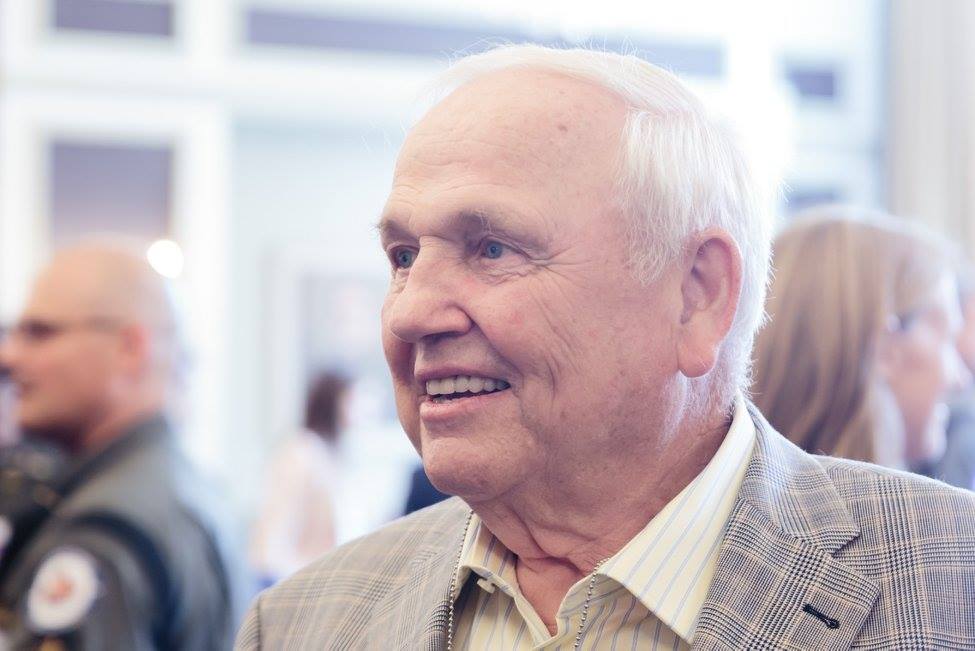 “I would guess that [the models] went a few thousand feet in the air and I don’t think they would be much more than a mile out,” said Jack Hurst who actually saw the launches in the 1950s. After meeting with Jack, The Raise the Arrow team searched the waters for almost two weeks.
“I would guess that [the models] went a few thousand feet in the air and I don’t think they would be much more than a mile out,” said Jack Hurst who actually saw the launches in the 1950s. After meeting with Jack, The Raise the Arrow team searched the waters for almost two weeks.
Pretty Confident

The project leader John Burzynski told the CBC TV station, We’re starting with the high probability areas.” He was pretty much confident that within a few weeks of hard work they would be able to locate the prototypes. Indeed they did.
